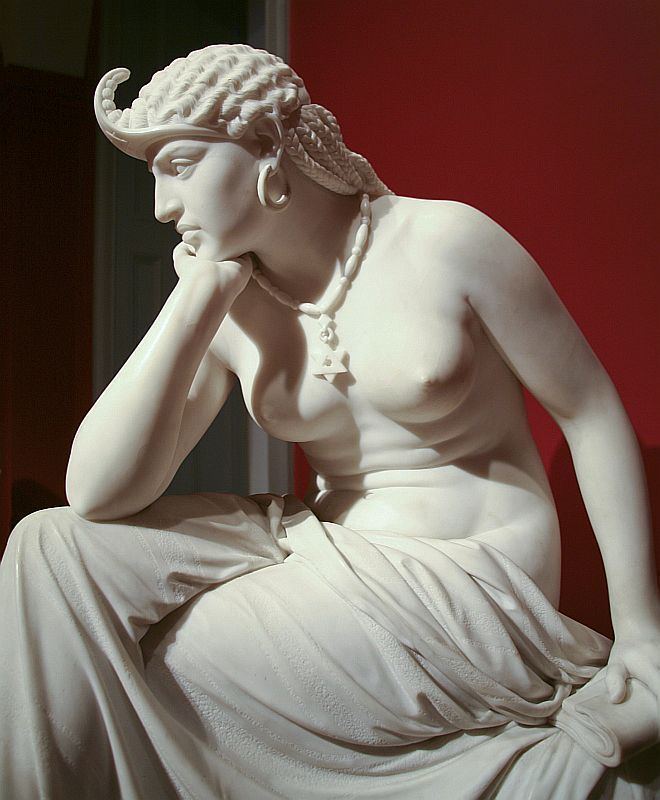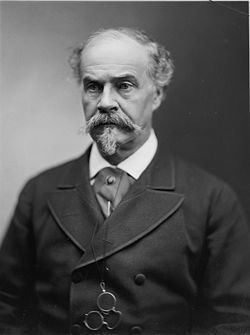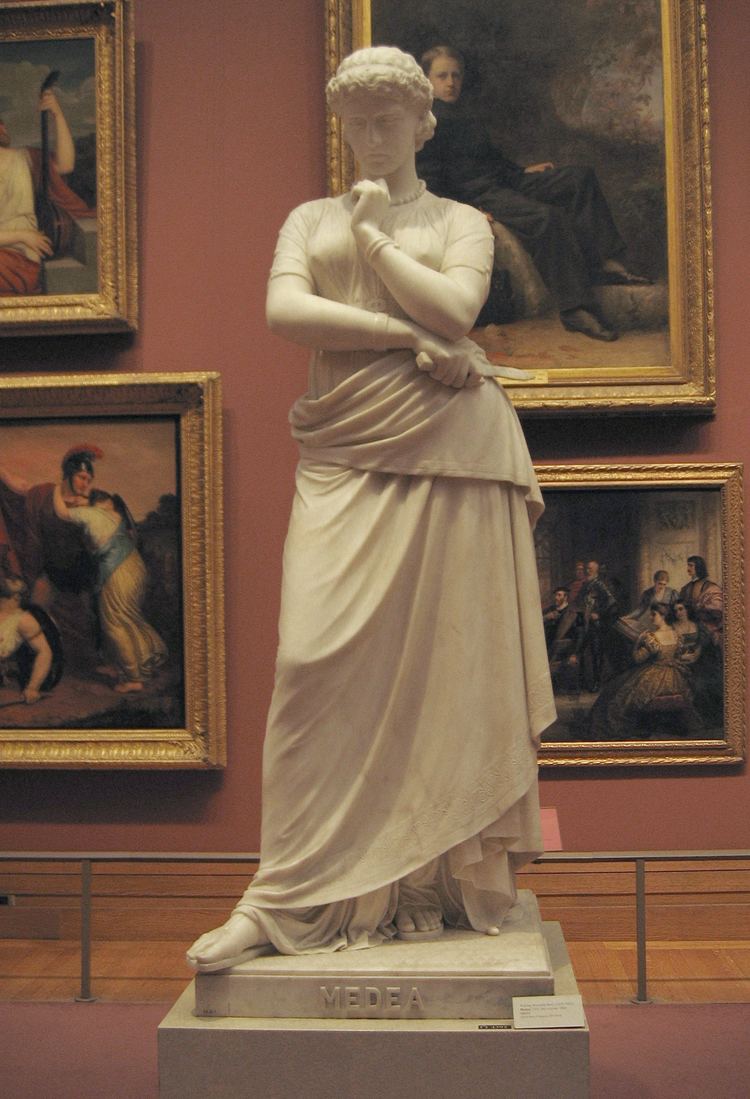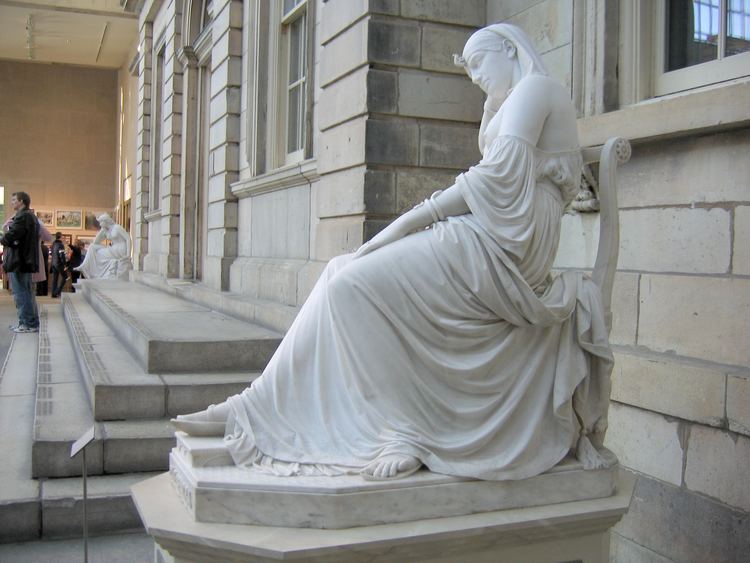Name William Story Role Poet | Parents Joseph Story Children Thomas Waldo Story | |
 | ||
Books A treatise on the law of contracts, Roba di Roma, A Roman Lawyer In Jerusalem, Vallombrosa, He and She; Or - A Poet's Po | ||
In the Rain Full Audiobook by William Wetmore STORY by Poetry
William Wetmore Story (February 12, 1819 – October 7, 1895) was an American sculptor, art critic, poet, and editor.
Contents
- In the Rain Full Audiobook by William Wetmore STORY by Poetry
- Io Victis by William Wetmore Story
- Life and career
- Family
- Selected works
- Selected writings
- References

Io Victis, by William Wetmore Story
Life and career

William Wetmore Story was the son of jurist Joseph Story and Sarah Waldo (Wetmore) Story. He graduated at Harvard College in 1838 and at the Harvard Law School in 1840, continued his law studies under his father, was admitted to the Massachusetts bar, and prepared two legal treatises of value — Treatise on the Law of Contracts not under Seal (2 vols., 1844) and Treatise on the Law of Sales of Personal Property (1847).

Abandoning the law, he devoted himself to sculpture, and after 1850 lived in Rome, whither he had first gone in 1848, and where he was intimate with the Brownings and with Walter Savage Landor. In 1856, he received a commission for a bust of his late father, now in the Memorial Hall/Lowell Hall, Harvard University. Story's apartment in Palazzo Barberini became a central location for Americans in Rome. During the American Civil War his letters to the Daily News in December 1861 (afterwards published as a pamphlet, The American Question, i.e. of neutrality), and his articles in Blackwood's Magazine, had considerable influence on English opinion.

One of his most famous works, Cleopatra, (1858) was described and admired in Nathaniel Hawthorne's romance, The Marble Faun, and is on display at the High Museum of Art in Atlanta, GA. Another work, the Angel of Grief, has been replicated near the Stanford Mausoleum at Stanford University. Among his other life-size statues he completed were those of Saul, Sappho, Electra, Semiramide, Delilah, Judith, Medea, Jerusalem Desolate, Sardanapolis, Solomon, Orestes, Canidia, and Shakespeare. His Sibyl and Cleopatra were exhibited at the 1863 Universal Exposition in London.

In the 1870s, Story submitted a design for the Washington Monument, then under a prolonged and troubled construction. Although the Washington National Monument Society considered his proposals "vastly superior in artistic taste and beauty" to the original 1836 design by Robert Mills, they were not adopted, and the monument was completed to Mills' scheme, only lightly modified. Story also sculpted a bronze statue of Joseph Henry on the Mall in Washington, D.C., the scientist who served as the Smithsonian Institution's first Secretary. His works Libyan Sibyl, Medea and Cleopatra are on display at the High Museum of Art in Atlanta, GA.
Story died at Vallombrosa Abbey, Italy, a place to which he had a sentimental attachment, and which he chronicled in an informal travel journal, Vallombrosa in 1881. He is buried with his wife, Emelyn Story, in the Protestant Cemetery, Rome, under a statue of his own design (Angel of Grief).
A posthumous biography of Wetmore (and his circle), entitled William Wetmore Story and His Friends, was penned by Henry James.
Family
His children also pursued artistic careers: Thomas Waldo Story (1855–1915) became a sculptor; Julian Russell Story (1857–1919) was a successful portrait painter; and Edith Marion (1844–1907), the marchesa Peruzzi de' Medici, became a writer.
